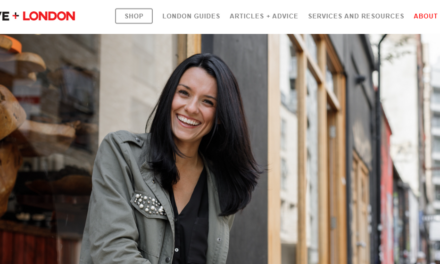When it comes to mobile, the advantages of offering the appropriate marketing and messaging at the appropriate point in the funnel can be massive. Indeed, research shows that sending targeted messages tailored to a specific customer segment can increase conversions by up to 200%.
A strategy that harnesses AI and machine learning to connect with customers in a culturally relevant way based on an analysis of the millions of datapoints—and signals that communicate their context—is a bonus. But even the best mix of hard data and soft skills will miss the mark if content companies continue to segment their audience by static demographics, not dynamic actions. A laser focus on basic demographics doesn’t just block marketers from delivering a superior user experience—it blinds them to the key engagement activities that are surefire indicators of users who are primed for purchases or ready to churn.
How many times has the user performed a specific event? How long has it been since the last interaction with your content? How quickly or slowly is the user moving through the funnel—and what nudges might convince and convert him or her to sign up for a subscription? These are critical questions that companies can only answer if they go beyond demographics to get a firm grasp of behavioral segmentation models.
The timing is right for a renewed focus on RFM (recency, frequency, monetary), a framework that allows companies to tailor behavioral segmentation to identify how recently and frequently user groups have performed a key action. To make sure the effort marketers invest in this model also drives returns, RFM looks at the monetary value of the action (such as registering for a limited trial offer).
An approach that offers aggregate value based on purchases, content consumed, or subscriptions for each customer segment doesn’t just save marketers time doing the math. Insights into how users engage and how much it’s worth empower marketers to enhance the user experience and—ultimately—increase customer lifetime value. Here are some guidelines marketers can follow to motivate active (and inactive) customer segments and move the needle on their app.
Start by examining the key events in your app inextricably linked with high-value users and high revenues for your business. For a media app, it could be the number of times users viewed or shared content. Keep in mind that pinpointing the activity that matters most is the first step to attaching a qualifiable value to your user segments.
Attributing the right monetary value to each segment allows you to quickly identify your most-active and least-active users. Determine the marginal utility of every user segment and decide if (and when) it pays to allocate campaign spend. Use these insights to make sure high-value users stay hooked on your app or to re-engage users who show signs of churn.
Sunil Thomas, CEO and co-founder of CleverTap, a company that provides a customer retention platform to enable digital-first brands to increase customer lifetime value and key conversion metrics, tells me the real power for RFM kicks in when marketers harness its principles to ensure they don’t lose users in the first place. “Start by identifying the segment of users who have transacted in the past, but now show a drop-off in activity,” he says. “Since this is a segment that used to be active, it’s a smart move to send an update to show off new features or fresh content you have added since they last visited.”
The same approach can be used to wake up your hibernating users. In this scenario, Thomas explains, notifications and recommendations to remind readers of your app’s value are surefire ways to win back users. It’s also important to tailor communications to suit their channels of choice. (CleverTap’s internal research shows that extremely loyal and active users prefer push. In fact, a whopping 92% of users in this segment are receptive to mobile push, compared to 53% on email.)
Effective marketing requires marketers to tailor all forms of communications to match precisely where consumers are in the journey. It also demands that marketers master the capabilities to reach distinct user segments with messaging they appreciate—on the channel they prefer—and identify the direct impact of a campaign on their userbase. Segmentation based on what users do (and don’t do) in-app (including user onboarding and efforts to improve app retention) equips you to deliver campaigns and messaging that strike a chord and a positive user experience that keeps users coming back.







